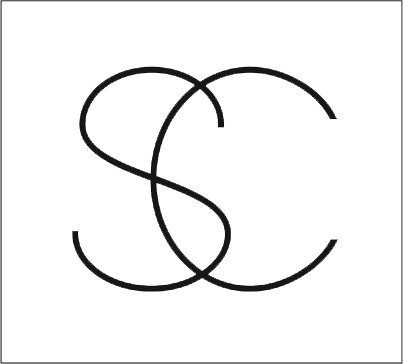The 10% Guide
Are you wondering how to begin thinking about a design budget? I know that it can feel both complicated and overwhelming to break down everything that you may need and then to allocate a dollar amount regarding what each decision may be worth.
Think of 10% of the value of your home as the starting point for design materials. Here, I am referring to items such as furniture and styling for a few key spaces; window treatments for the whole home; and perhaps a few light trade projects, such as painting or refinishing floors, depending on the home. I am not referring to the idea of the house being completely “done,” and I am not including any renovation costs.
Looking at considering a new home as well as the three types of projects also outlined in THE RIGHT TEAM:
For people thinking of moving into a new home, I advise everyone to think of that 10% as an initial guide, a process that can help to inform you during the purchase process. The key is understanding how quickly you want to complete the first round of decisions and begin to feel settled. If you want to have that experience within the first year, I encourage you to have at least 10% of the value of the home ready to spend a few months after moving into the property. If you have a lot of furniture that can transfer or you like to search for less expensive items, 10% may seem a bit high for the first year to 18 months. The key is knowing what success means to you in this season of life, including how long you plan to stay in a home and how that vision impacts the decisions that you may make for each space.
After a large renovation, the level of spend required depends on how many spaces are changing, including if any square footage is being added. Many of my clients have been saving and planning for a renovation, knowing that they want to update much of the home at the same time. As such, I use the 10% guide of the overall value of the home after the renovation, not the value of the renovation itself, here as well.
After a small renovation, the need is usually a replacement, with most people wanting to upgrade from their previous state as part of the renovation update.
For a materials only project, I encourage people to start by thinking of a home retailer that they like. Visit that website and spend just a few minutes looking at items. Do those general prices feel right? If ready, start a list of what you may think you want for the space (such as, for a small living room, a sofa with chaise, one lounge chair, one coffee table, one side table, a lamp, a few pillows, and a rug). This list should be basic and does not represent a final furniture plan; it is meant to help give you a starting point for the budget. Next to each item, note the cost of a piece that you like from that retailer. Add up all of the noted costs. Does that number make sense to you, or does it seem low or high? Your reaction to that number is a good starting point.
Money is subjective. A chair worth $8,000 may be a dream find for one person, just as it may seem extravagant to someone else. The key is to balance the numbers to align both with your budget and with their subjective worth to you.
